Today, the guide is Narbaix. He wants to bring us to the lands of his first loves. Even though he doesn't live very far away, he comes to ride here less often. And it's not because of terrain that wouldn't be interesting, but more because of the habit of riding on the slopes of the Luberon, closer to home. It is here, around Gordes , that Narbaix, from the VTOPO crew, met Dangerous Momo, the boss of Race Company, during a regional XC competition. Because Vaucluse is a bit like the crucible of the history of mountain biking in France. It is one of the places where many pilots come from. It is true that the climate allows you to ride all year round. And there's no secret, it's by riding constantly and regularly that we progress!
The route starts near the village of Bories. A borie is a small building, often rounded in shape, built of dry stone. It could serve as a shelter for shepherds who watched over the flocks in the hills. Here the limestone rock is present everywhere, it is soft, easy to extract and cut. There are numerous quarries; since Roman times, limestone was used extensively.
But men quickly knew how to use another material: field stone. Yes, because here, when we dig the earth, we come across flat stones of good size. This avoids extraction and pruning. The stones are collected from the ground. This single action results in 2 consequences: the availability of materials to build clapas (piles of stones at the edge of fields), terraces (terraces), retaining walls, enclosures, enclosure walls, bee walls, cabins or bories but also the transformation of a non-cultivable space into land where it will be possible to plant!
Very quickly, after departure, we reach the village of Gorges. The goal is to stop at the heart of the ramparts to admire the view of the Vaucluse mountains. Quickly, we get into the game of letting go of the brakes in the alleys. And, in this month of January, there are not many people, it is the ideal time to ride in its narrow streets. Plus it's Friday, the weekend, even in winter would already be something else. Keep in mind that if you come here from spring to fall, Gordes is so overrun with tourists that it will be impossible for you to do what we just did! We leave the village to enter these beautiful Provencal forests.
We start with a marked path then reach the Ferrière valley. To our great amazement, we discover that this summer a fire devastated the place, the rocks are pink, colored by the retardant released from firefighting planes. It's always sad to see such a landscape. I had read in the forest fire statistics that, whatever we do, the Provençal forest is doomed to burn. Figures show that every 40 to 50 years a fire breaks out. Of course, fire is part of the life cycle of the forest, but what is most worrying are the repeated fires caused by humans. Because if a fire devastates an affected area shortly after, the vegetation which took time to regrow is destroyed and no more vegetation consolidates the soil. At the first rains, we notice a leaching of the soil. Over time, the rock is exposed, the trees can no longer grow, the forest disappears permanently.
In the valley, we continue along the watercourse to then go up a track. After a few minutes of pedaling, a magnificent spectacle awaits us: the view overlooking Sénanque Abbey.
Embedded since the 12th century in the hollow of this magnificent valley, this abbey is one of the masterpieces of primitive Cistercian architecture. As it did 900 years ago, the abbey is home to a community of Cistercian Brothers who live according to the Rule of Saint Benedict. Seven times a day, the community gathers in the abbey church to pray.
Silence is required here, we try to keep a low profile! While taking the small path that leads behind the building we came face to face with a venerable oak tree. He has large black scars on his trunk, he almost seems to be screaming at the sky. Calcined by lightning, this oak tree is truly split in two, and yet branches full of buds sprout from each side, promising a new spring... We continue our way via the GR6 which climbs towards the North, the ascent is rather long , XC type, it hurts the thighs. a climb that hurts the legs, we climb to reach a ridge line and the plague wall. This construction is a rampart built to protect Comtat Venaissin from the plague which struck Marseille and part of Provence in 1720-1722. Stretching over 27 kilometers, it is built of dry stone. Along this wall, dry stone sentry boxes housed guards.
From this peak, we have a magnificent view of Mont Ventoux. At more than 1900 m altitude, it is covered with a beautiful snow cover. From there, we descend via a rapid path along the Grande Côte which overlooks the abbey. Further on we pass to the ruin of La Debroussède. We slip under an arch that separates the two buildings and plunge into the valley of Douin via a pretty little technical path. Quickly, it turns into a bed of stones! The evolution is fun, the path winds around the watercourse, the trajectories are multiple. But be careful not to go down into the gorges during stormy weather, as the bed of the Sénancole can fill up quickly.
We then go up on small cliffs which run along the canyon. The trail is entirely earthy, a pure pleasure that we rarely experience in the South of France. At the foot of a new borie, we take our first break to enjoy the view of the Monts de Vaucluse. The landscape is not spectacular, but it invites contemplation. We continue to drive for a good 2 more hours in the sector, following the somewhat secret singles of the sector. The circuit ends with a calade. It is a path paved or paved with limestone stones. Nuance matters.
Because in our cases, it is a stonework and instead of having placed the stones flat, they are placed on the edge! It's not necessarily very pleasant to ride but it's so typical of the region. This technique was undoubtedly used because it was more durable over time. We arrive at the parking lot with the last rays of sun.
GO :
via the A7 motorway, Cavaillon exit. It is the gateway to the Luberon and the Monts de Vaucluse.
WHERE TO EAT / WHERE TO SLEEP:
To sleep, it will depend on the program. But being in Vaucluse, you will inevitably find suitable accommodation. To eat, wander through the alleys of Gordes , you will find what you are looking for. All the information on this magnificent village here: https://www.destinationluberon.com/decouvert/villes-et-villages/gordes .
ALL THE INFORMATION:
If you want to ride around Gordes , you can follow our route here.
Or discover the routes that we offer you in the VTOPO Vaucluse.
TO DO ON SITE:
unmissable, the Ochres du Colorado Provençal: either on a quick visit to Roussillon, or on an extended stroll near Rustrel. Guaranteed show!
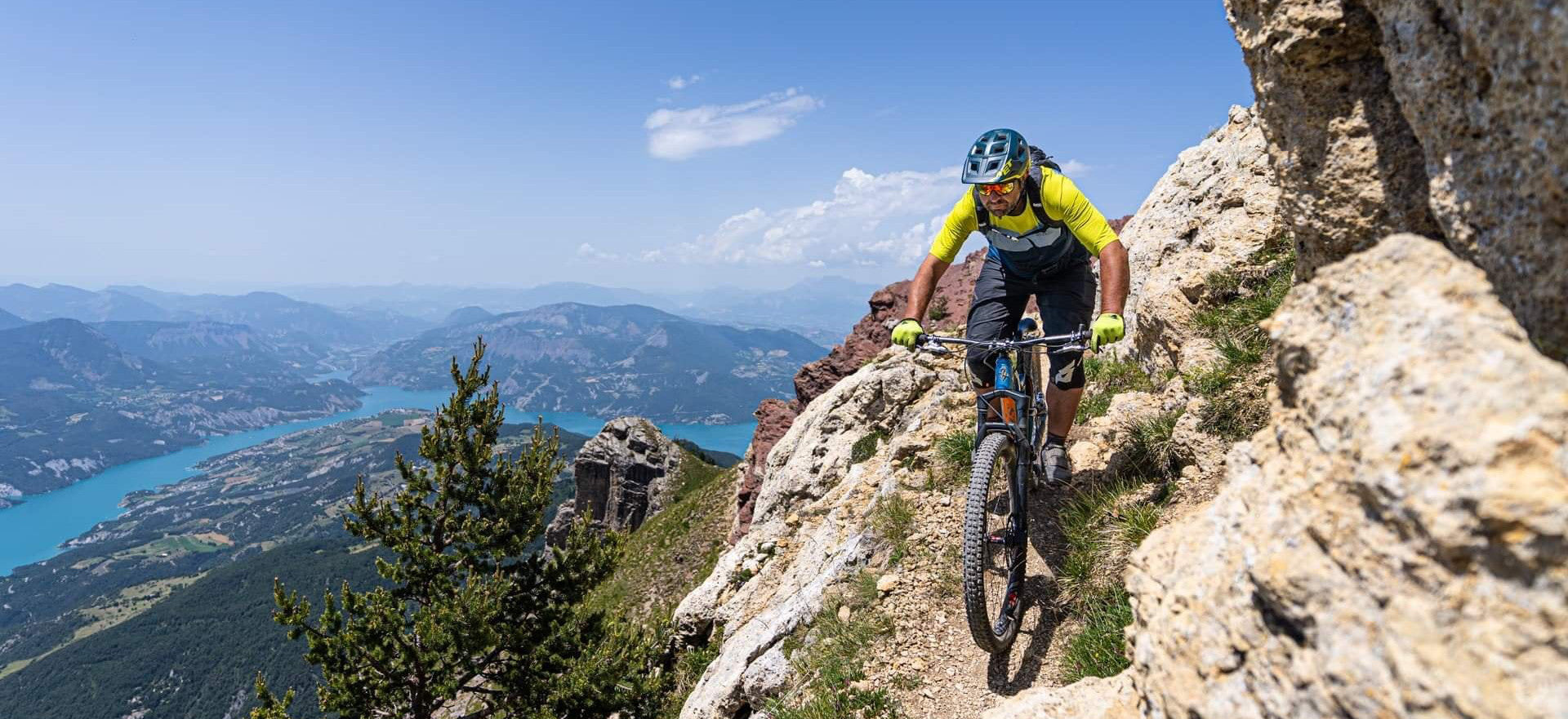
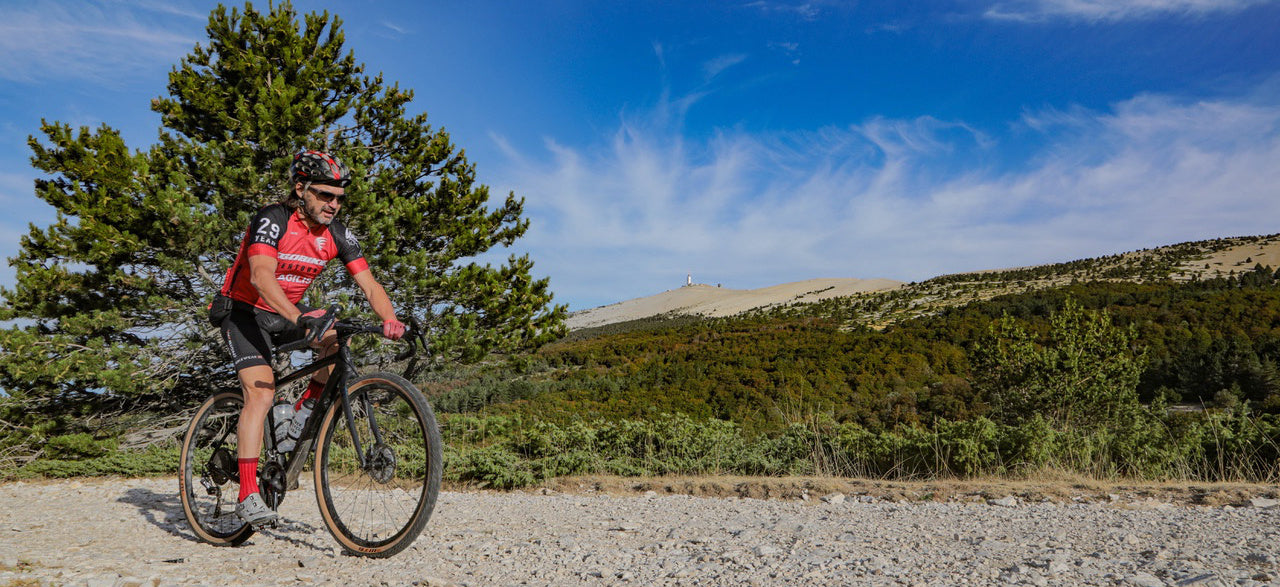
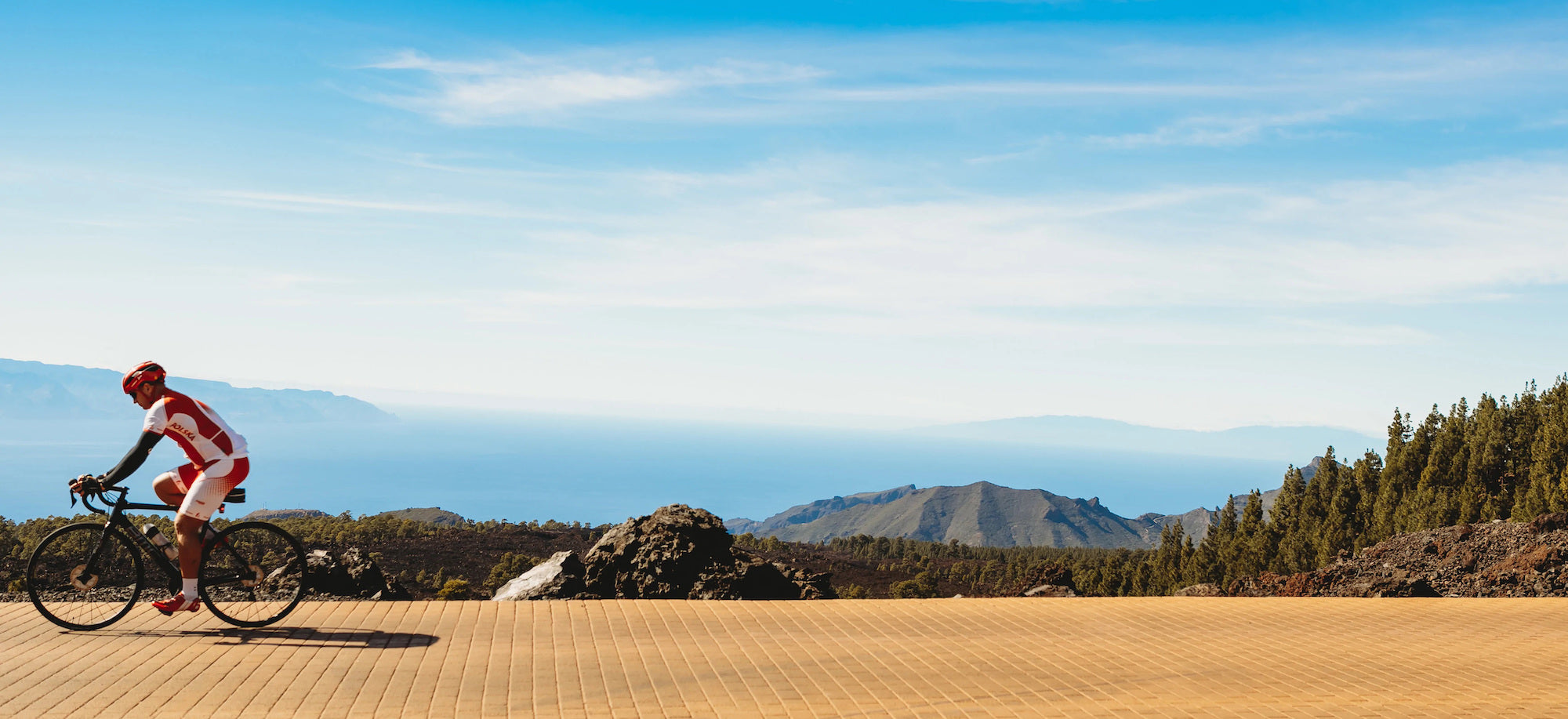
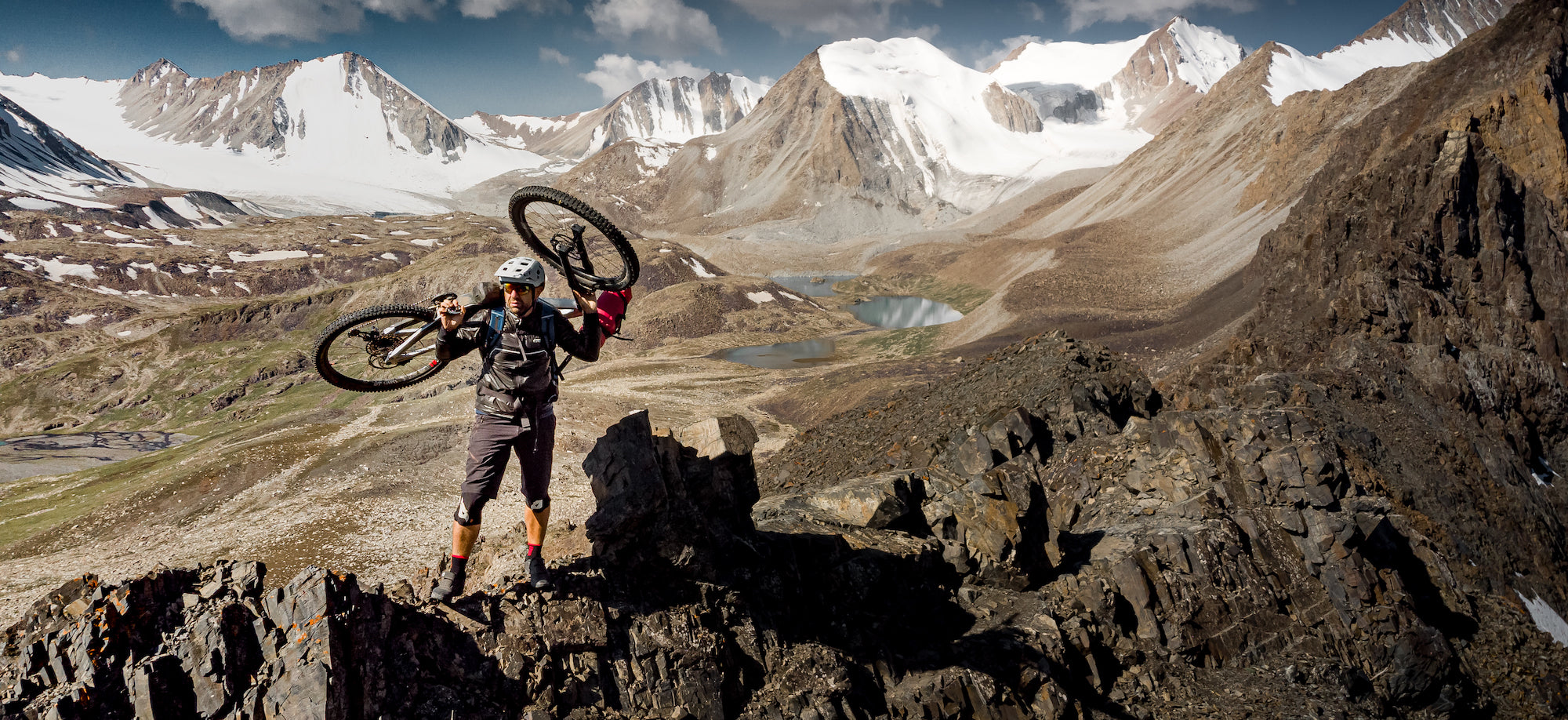

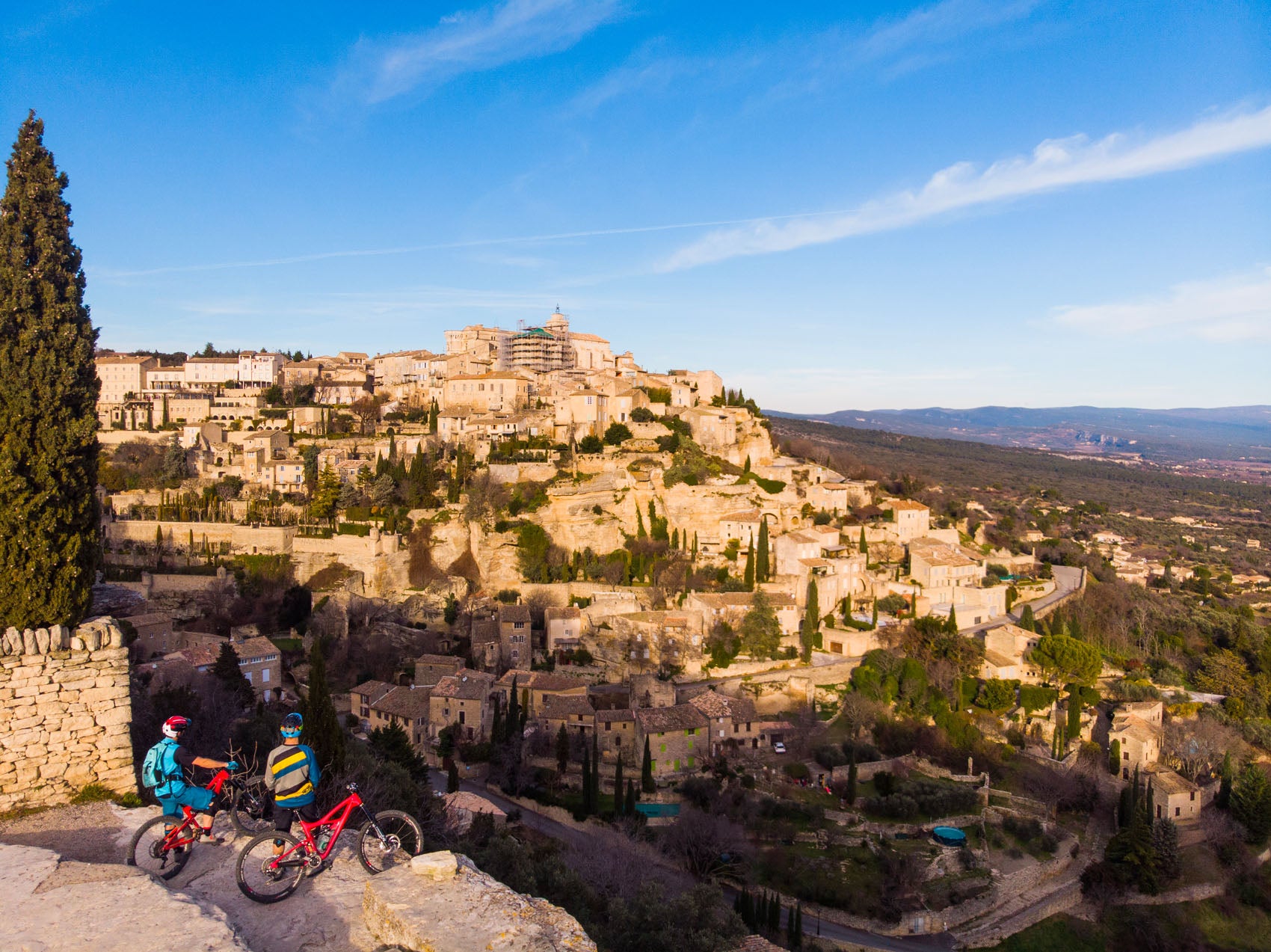












Leave a comment